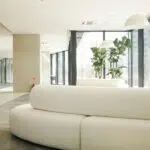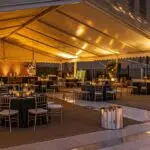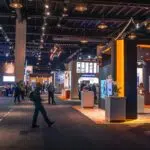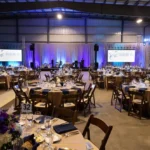Corporate events are essential for branding, networking, and team building. Designing an event space that makes a strong impression can drive engagement and support your company’s goals. This article outlines methods for developing a corporate event environment that is both functional and visually appealing. It details how to define objectives and audience, plan layouts, infuse brand identity, use technology interactively, manage rentals, and evaluate overall impact.
Key Takeaways
- Clear event objectives and audience insights shape effective space design.
- Strategic planning improves attendee flow and engagement.
- Infusing brand identity through design elements creates a memorable environment.
- Advanced technology integration supports interactive and hybrid events.
- Post-event evaluations lead to sustainable improvements in event spaces.
Defining Your Event Objectives and Audience for Space Design

Effective event space design starts with understanding the event’s objectives and its audience. Clearly defined goals enable companies to tailor spaces for communication and networking, ensuring every design element supports functions like knowledge sharing and relationship building.
Aligning Space Configuration With Specific Corporate Event Goals
Begin by determining your corporate objectives. The layout should promote interaction and proper acoustics, whether the goal is a product launch or an annual meeting. For example, a product launch benefits from focal stages and designated networking areas. Companies that customize their space see up to a 30% improvement in attendee participation.
Identifying Attendee Demographics to Inform Design Choices
Understanding the audience’s demographics is essential. Designers should consider age, professional background, and cultural factors to customize seating, lighting, and tech support. An event for young professionals, for instance, might feature modern design elements and interactive stations, ensuring choices appeal from Houston to San Diego.
Establishing Measurable Outcomes for Your Event Space’s Success
Clear metrics improve both event planning and post-event analysis. Success is often measured by attendee satisfaction, social media engagement, and conversion rates. Setting these benchmarks helps planners optimize layouts based on feedback and achieve a quantifiable return on investment.
Planning for Adaptability to Suit Various Corporate Functions
Flexibility is key. A well-designed layout should adapt to functions ranging from seminars to mixers. This reduces downtime for changeovers and maximizes usage efficiency. Multi-use spaces allow companies to rearrange furniture, lighting, and tech setups quickly.
Strategic Space Planning for Optimal Flow and Engagement
Strategic planning is essential for smooth attendee movement. Planners can reduce congestion and boost interaction by designing layouts that facilitate transitions between event segments. This section covers planning for optimal flow through distinct zones and intelligent use of space.
Designing Layouts That Facilitate Attendee Movement
A clear layout defines pathways and minimizes bottlenecks. For example, ample corridors between presentation zones and lounge areas improve comfort and encourage movement. Optimized circulation has been linked to higher engagement, allowing attendees to move quickly between sessions.
Creating Distinct Zones for Networking, Presentations, and Workshops
Dividing the space into designated areas for networking, presentations, and workshops helps guide attendees. Arrangements like round tables for networking and tiered seating for presentations have shown to increase participation by 20% during meetings and breakout sessions.
Ensuring Accessibility Throughout the Corporate Venue
Accessibility must be prioritized. Incorporate ramps, wide aisles, and designated seating areas to meet diverse needs. Such designs not only comply with regulations but also enhance overall attendee comfort.
Maximizing Use of Natural Light and Architectural Features
Using natural light and the venue’s architectural elements creates an inviting atmosphere. Placing seating near windows or using reflective surfaces not only energizes attendees but also reduces reliance on artificial lighting, supporting sustainability.
Infusing Brand Identity and Atmosphere Into the Event Environment
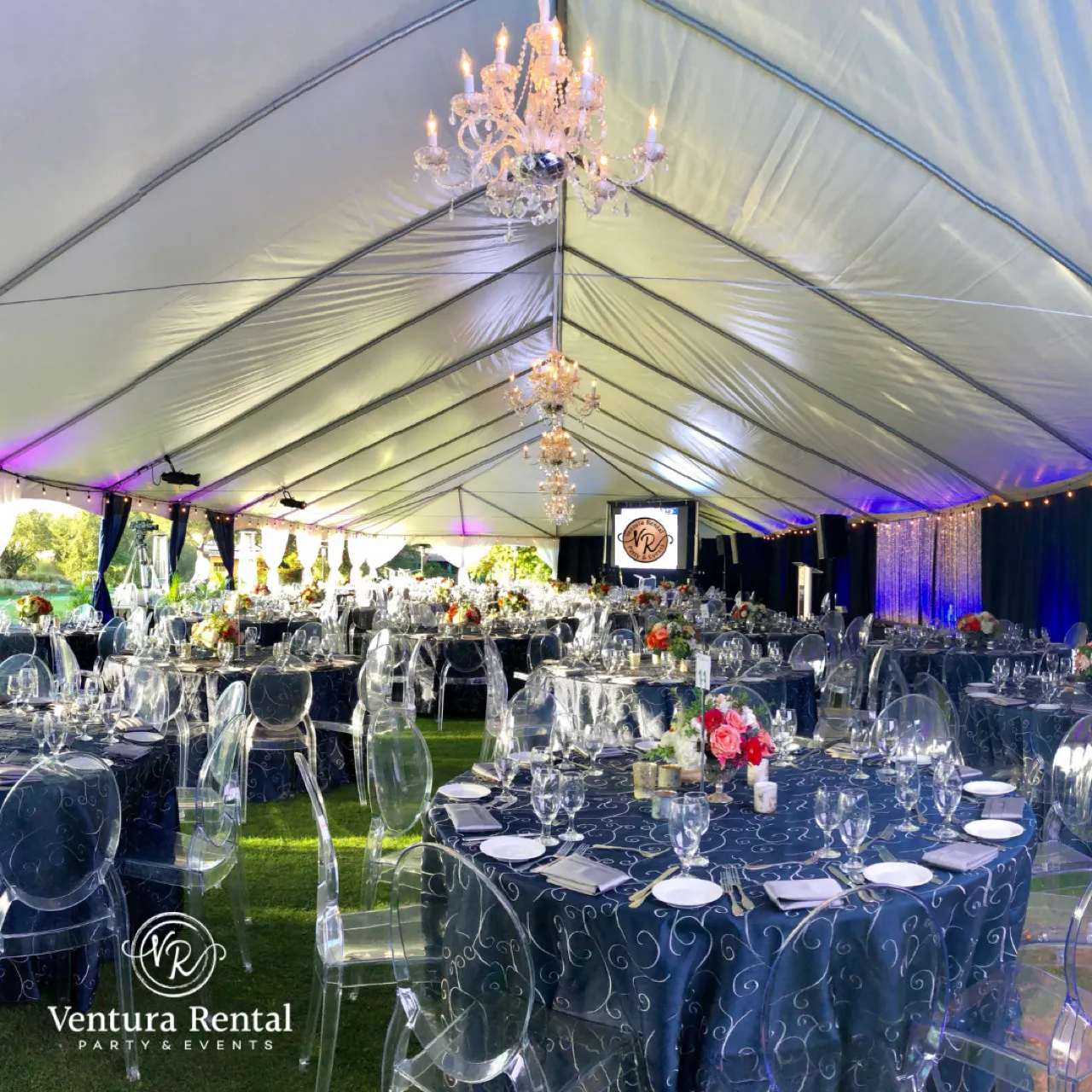
Embedding brand identity in every design element makes a lasting impression and reinforces corporate messaging. Every detail should reflect the company’s values and culture.
Reflecting Company Culture Through Deliberate Design Elements
Design elements, including corporate colors, logos, and themed decor, should echo the company’s ethos. For example, an innovative company might incorporate futuristic lighting and interactive displays to mirror its brand identity.
Selecting a Cohesive Color Scheme and Material Palette
A unified palette that aligns with brand identity can evoke targeted emotions and focus. Companies in major cities like San Antonio and Dallas have successfully used cohesive color schemes to enhance their brand presence at events.
Crafting Memorable Entrance and Reception Experiences
The entrance provides the first impression. A dynamic entrance featuring branded signage, interactive elements, and impactful lighting sets a positive tone. Such immersive experiences have been linked to increased attendee retention at multi-day events.
Implementing Clear Branding and Directional Signage
Effective directional signage improves navigation and subtly conveys brand messages. Consistently branded cues help create a unified experience that resonates with attendees.
Utilizing Technology to Create an Interactive Corporate Event Setting
Modern technology transforms a static event space into an interactive environment that boosts engagement. Integrating advanced audio-visual systems and connectivity solutions is essential for today’s tech-savvy audiences.
Integrating Advanced Audio-Visual Systems for Clear Communication
High-quality audio and video systems ensure that presentations and speeches are delivered effectively. State-of-the-art projectors and sound systems have been shown to enhance audience comprehension and engagement.
Providing Reliable Connectivity and Charging Facilities
Uninterrupted Wi-Fi and sufficient charging stations are crucial in today’s digital age. These amenities support networking and business communication, enhancing overall attendee satisfaction.
Incorporating Interactive Elements Like Touchscreens or Projection Mapping
Interactive displays such as touchscreens or projection mapping encourage real-time feedback and participation. These tools can facilitate live polls, digital networking, and interactive presentations, keeping the event engaging.
Designing for Hybrid Event Needs With Technology Support
The rise of hybrid events requires the integration of streaming and virtual conferencing tools. Seamless interaction between physical and remote participants maximizes the event’s reach and impact.
Optimizing Functionality With Strategic Corporate Event Rentals
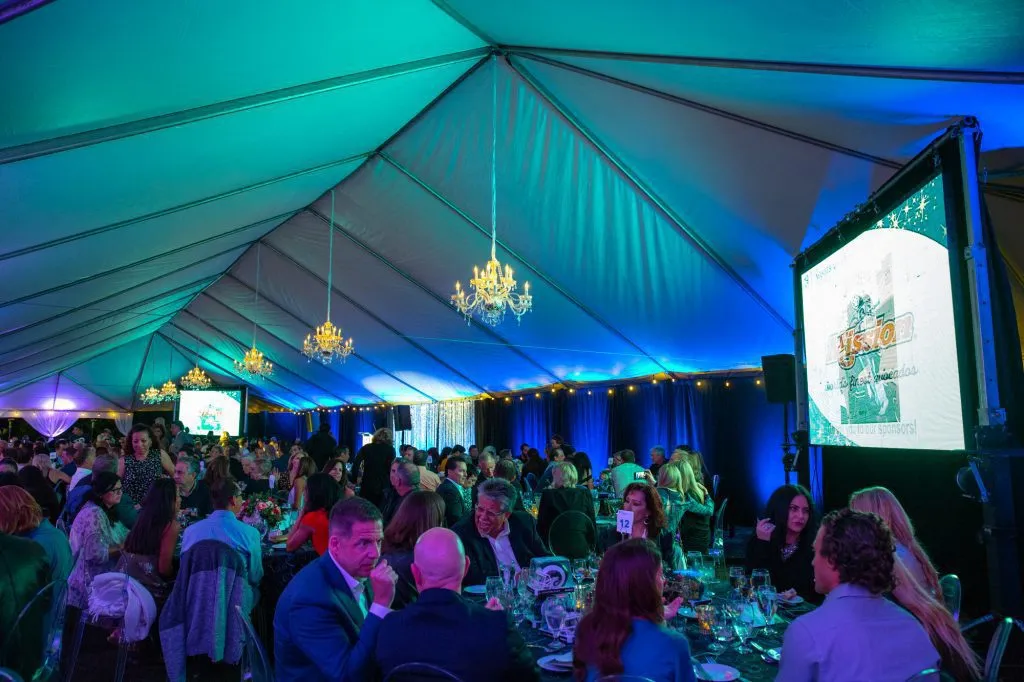
Rentals are key to creating an attractive and functional event space. Efficient management of furniture, audio-visual, and other rentals minimizes operational hassles and enhances the event experience.
Selecting Furniture Rentals That Balance Comfort and Aesthetics
The right seating and table arrangements affect both comfort and visual appeal. Modern, ergonomic designs from event rentals are popular choices for combining style with functionality.
Sourcing Appropriate Audio-Visual and Tech Corporate Event Rentals
Carefully sourcing high-quality tech rentals, such as screens, projectors, and sound systems, is vital. Reliable equipment ensures a smooth, professional event.
Arranging for Staging, Lighting, and Drapery Rentals
Staging and decorative rentals create a sophisticated backdrop. Well-coordinated staging, lighting, and drapery setups can boost visual storytelling and social media engagement.
Coordinating Logistics for Corporate Event Rentals Delivery & Setup
A well-organized logistics plan for rental delivery and installation minimizes disruptions. Ensuring all components are in place ahead of the event keeps the schedule on track.
Managing Rental Inventory for Smooth Operations
Maintaining accurate rental inventories prevents last-minute shortages, helping companies control costs and avoid delays while focusing on attendee engagement.
Evaluating Event Space Effectiveness and Planning Future Enhancements
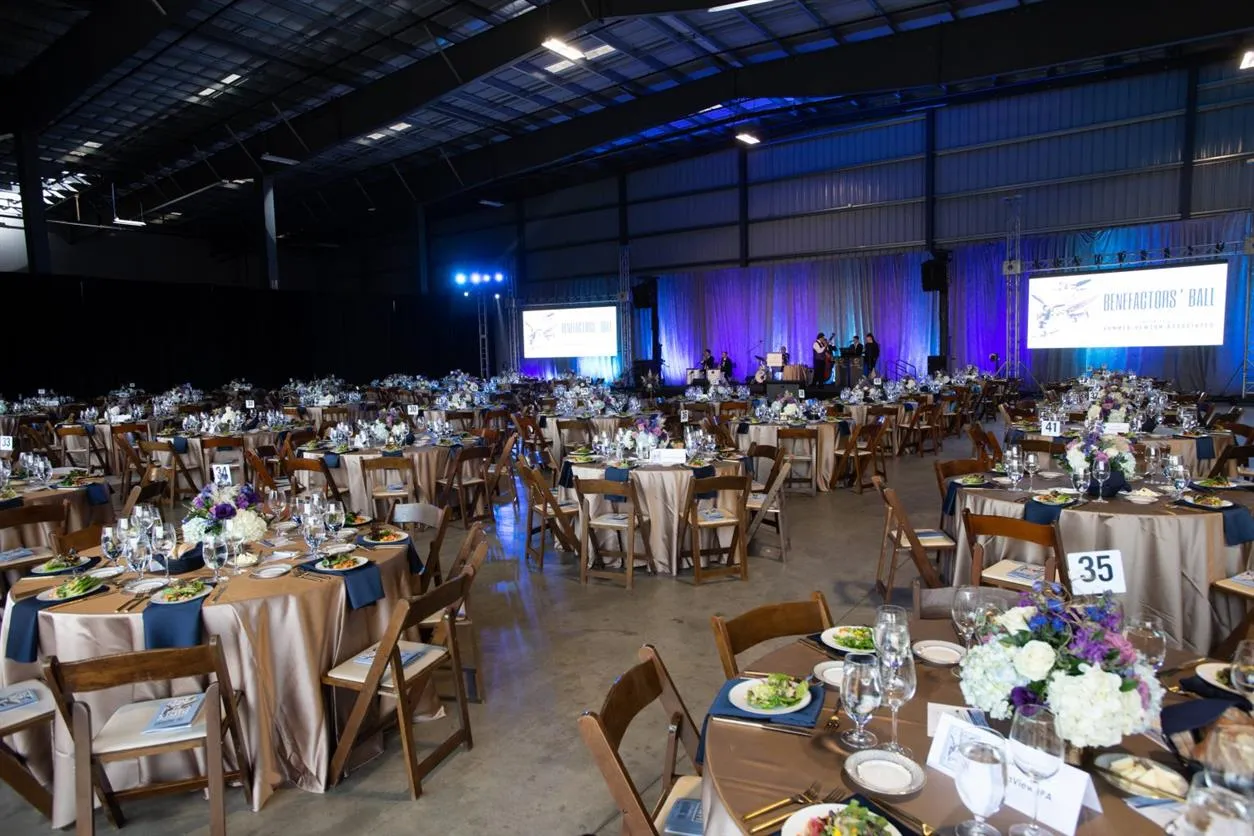
Post-event reviews provide valuable insights for future improvements. Collecting feedback and performance metrics enables continuous refinement of design strategies.
Collecting Attendee Impressions of the Space Design
Direct feedback from participants helps planners assess strengths and identify areas for improvement. Survey and interview data also guide future event setups.
Analyzing How Space Design Influenced Engagement
Metrics such as dwell time, networking rates, and overall satisfaction help evaluate the design’s effectiveness. Detailed post-event reports confirm whether the objectives were met.
Pinpointing Design Aspects for Future Refinement
Identifying what worked and what did not allows for continuous improvement. Recognizing underused spaces or confusing signage guides adjustments for subsequent events.
Documenting Learnings for Subsequent Corporate Event Space Designs
Recording feedback and performance data builds a repository of best practices. This documentation serves as a reference for evolving design strategies in future events.
Frequently Asked Questions
Q: How do clear event objectives influence space design?
A: They guide layout and functionality, ensuring every design choice enhances communication, networking, and engagement.
Q: What role does technology play in event space design?
A: It integrates audio-visual systems, connectivity, and interactive elements to create a dynamic environment for both physical and virtual participants.
Q: Why is adaptability important in corporate event spaces?
A: An adaptable design accommodates multiple event types and audience needs, smoothing transitions and maximizing space efficiency.
Q: How can rental coordination impact event success?
A: Efficient rental management minimizes logistical challenges, ensuring timely delivery and setup of essential items like furniture and AV equipment.
Q: What benefits does post-event evaluation offer?
A: Evaluations highlight successes and reveal improvement areas, enabling continuous refinements for future events.
Final Thoughts
Designing a high-impact corporate event space requires a strategic approach that unites clear objectives, audience insights, and smart technology integration. A well-planned layout not only improves attendee flow but also creates zones that encourage both networking and focused discussions. Companies can deliver a memorable experience that drives engagement by infusing brand identity and utilizing quality rentals. Continuous evaluation of design effectiveness is essential for refining future events and enhancing the lasting impact of corporate meetings.

